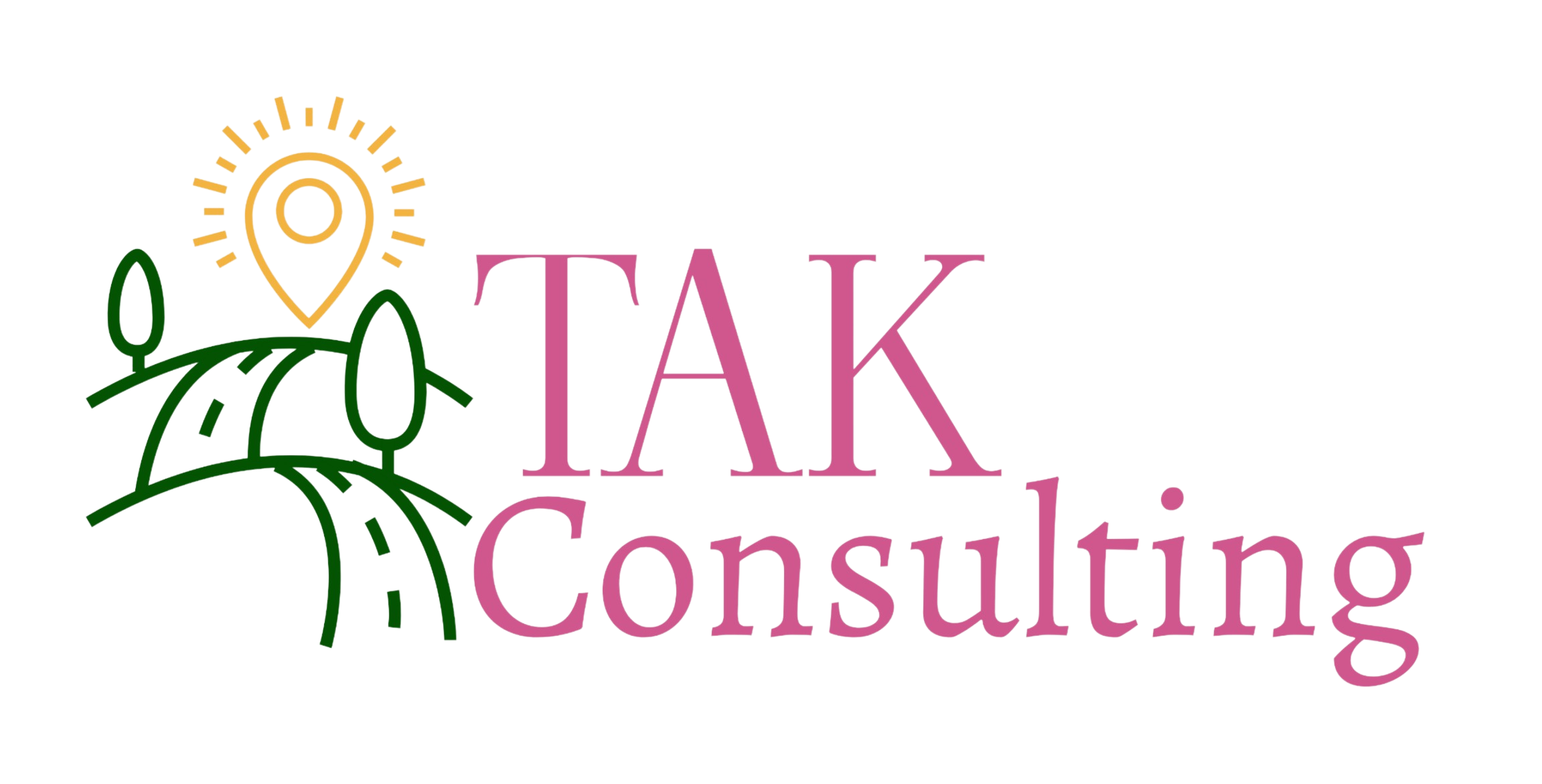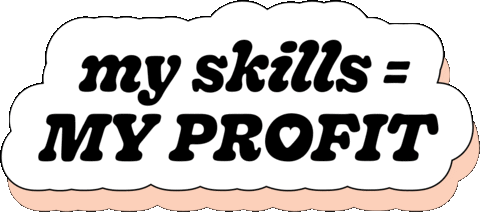A little under half of businesses have never worked with an accountant and have no plans to! On the other hand, in the same study, those who have worked with an accountant, just under 75% of them are very satisfied with their accountant. If a large majority of businesses are happy with their accountant, why are there so many businesses without them? As an accountant, it’s crucial to figure out what these businesses need & help show them why your work is beneficial to them.
So, what do businesses really want?
There are many different things a potential client may be looking for when it comes to wanting an accountant. For starters, every relationship is built on trust, and relationships can not last without it. In the aforementioned study, 78% of business owners said they want a trusted advisor, making this the top rated answer. The next top answers, tying in at 74%, are that they want accountants to understand their industry and respond quickly. Finally, being affordable comes in at fourth at 70% and communicates clearly ranks last at 69%.
In addition to what clients say they want, it is important to know what the top, long-term issues that your clients face with money are. At the top of the list, and perhaps the most obvious, is cash flow problems (32%) If you have bad cash flow problems, most of the other common issues clients face will follow suit. This is shown by the second top answer being low profitability at a close 31% as well as the fourth and fifth ranking answers, needing capital (21%) and too much debt (11%). Your job as an accountant is to take all these worries and advise your clients to the best decisions they can make.
How do you help as an accountant?
The most considerable hurdle for accountants is that many business owners do not know why they need you. Clients need to understand that you bring more to the table than help in filing taxes and making the books look clean. There is no better place to start than being a great listener and truly understanding their issues as well as being sympathetic towards them. Furthermore, ask open-ended questions to let the client steer you in what they really need and to grasp a better understanding of what to do to help your client. Next, we all know that prompt responses are important but it is also important to streamline finances and ensure your accounting software is efficient too. If a client hasn’t moved onto the cloud-based world, it is time for them to move to online accounting software. There are many different choices out there, like QuickBooks Online or Xero, but no matter the software you will want to see to it that it fits the client’s needs, they understand it (and/or can learn too), and that is within a client’s budget. Using an accounting software reduces the chance of human error, subtracts the amount of work that has to be done from manual adding in information, and overall streamlines processes in day-to-day accounting. Additionally, as the financial advisor, you can help a client develop better financial procedures and systems to really help all these processes. On the topic of quick responses, it is vital to ensure that you have an easy, yet secure, way of communicating. You will want something where it makes it simple to send and view any financial reports, ask questions, and see if any tasks that either side (meaning you or the client) need to be done. Finally, clear communication means being able to talk to your clients in a way they can understand. This means taking your time to ensure they really comprehend what you’re doing and you are not confusing them with common work jargon. (Check out our blog here for very common accountant words when it comes to reviewing financials for some on how to explain these!)
Businesses need your accounting!
Trust comes from taking the time to get to know your client’s needs and delivering quick & efficient solutions. By guiding them through their finances at every step, and learning with them as you deliver great service, trust is bound to happen, and you will have clients who love you!




